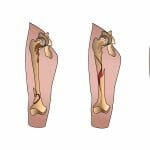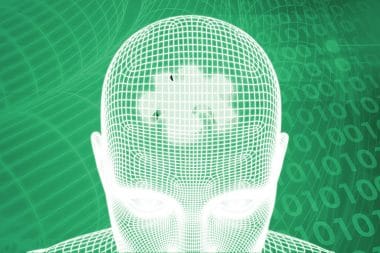There is a new study that documents how brain cells go bad in people that suffer from Alzheimer’s disease. If you look at the brain scan of a person that has Alzheimer’s Disease, then you will notice that there are some abnormal deposits of amyloid beta protein as well as tau protein. There are also swarms of activated immune cells. This is still baffling scientists because they do not know, or understand how these three large factors combine to drive the disease. Thankfully, the UNC school of medicine as well as the National Institutes of health researchers have figured things out in lab experiments. They have found a drug that is currently in development shows some very good signs of promise. There are other therapies that might help reverse the process as well. This is very good news. The UNC researchers have identified two different proteins called MMP-9 and HDAC6 that help. These two proteins as well as others that are associated with them could be vital things to treat Alzheimer’s disease. The findings of all of this would not be possible without the collaboration of many different people that all have one thing in common and that is the desire to cure Alzheimer’s Disease.
Study reveals how Alzheimer’s hallmark–tau protein beading, potentially starts. #HealthStatus
Follow HealthStatus
Tweet Now
Key Points:
- 1Researchers believe that Alzheimer’s is related to abnormal aggregates of tau proteins in bead-like formations.
- 2Two proteins are believed to help further the aggregations of damaging tau proteins MMP9 and HDAC6.
- 3using a mouse model researchers confirmed that blocking HDAC-6 prevented the tau beads aggregates from forming illuminating a potential drug therapy strategy.








Reply